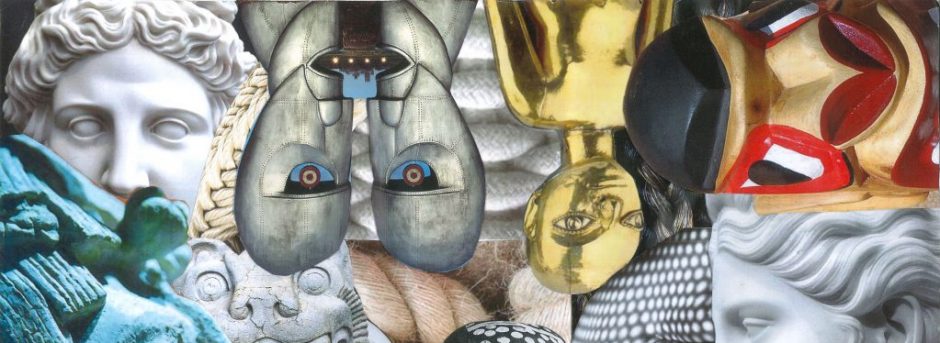Protected: Reflective Blog Post One – The Potencial of online object-based learning… and design in higher education by Judy Willcocks & Kieran Mahon
This entry was posted in Theories, Policies and Practices and tagged TPP Blog Posts. Bookmark the permalink.

This post is password protected. Enter the password to view any comments.